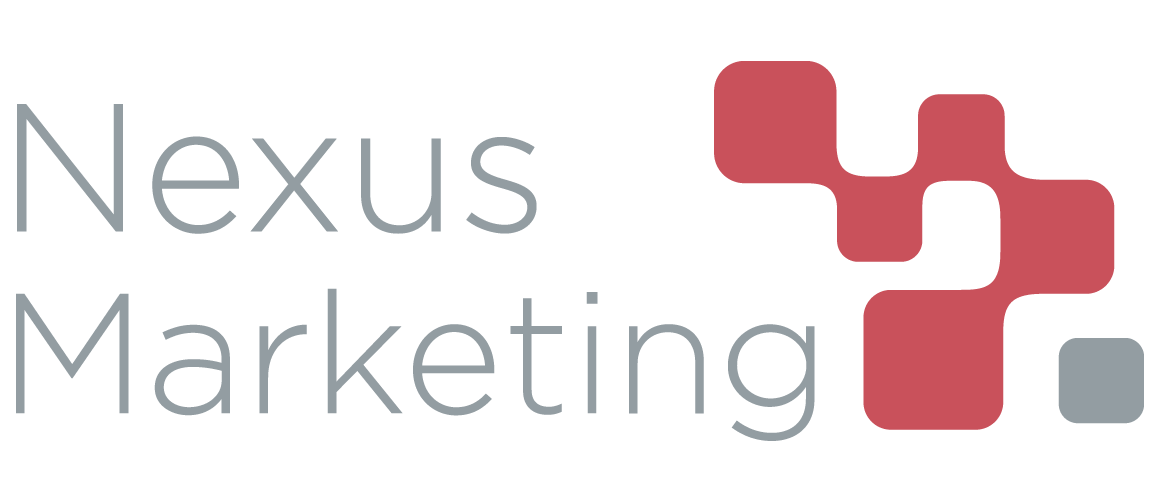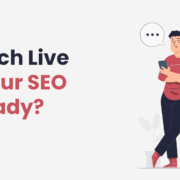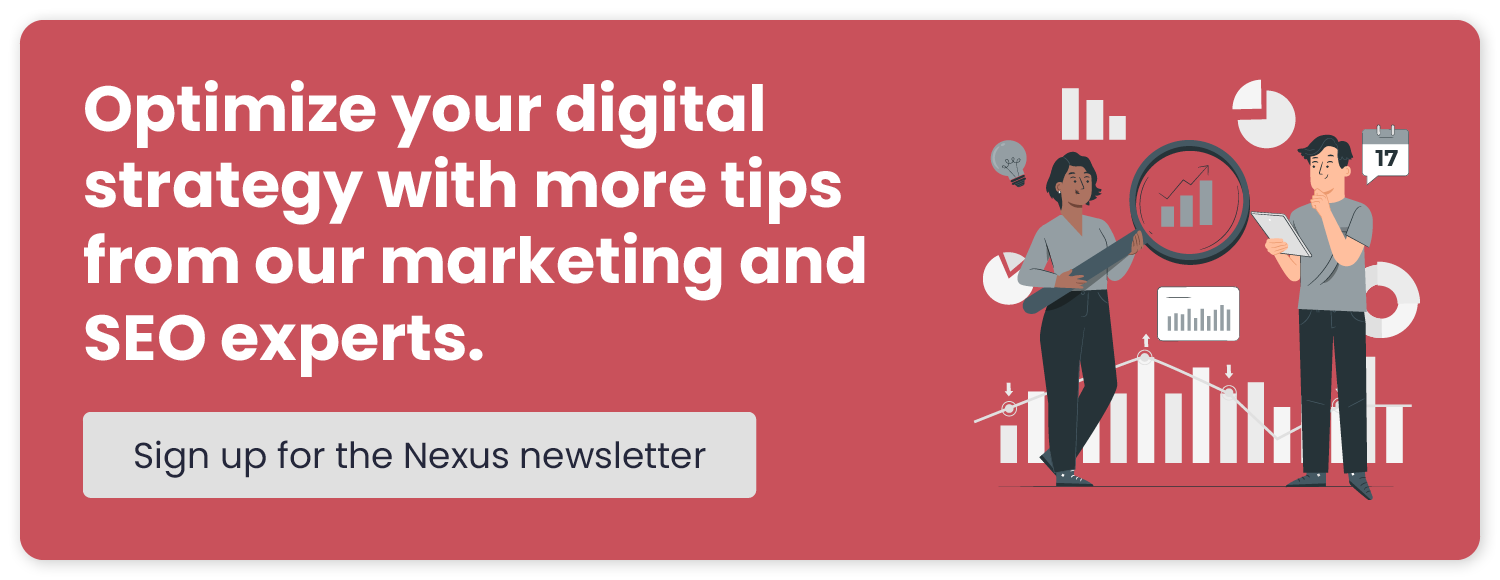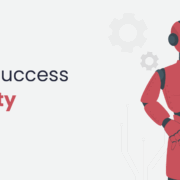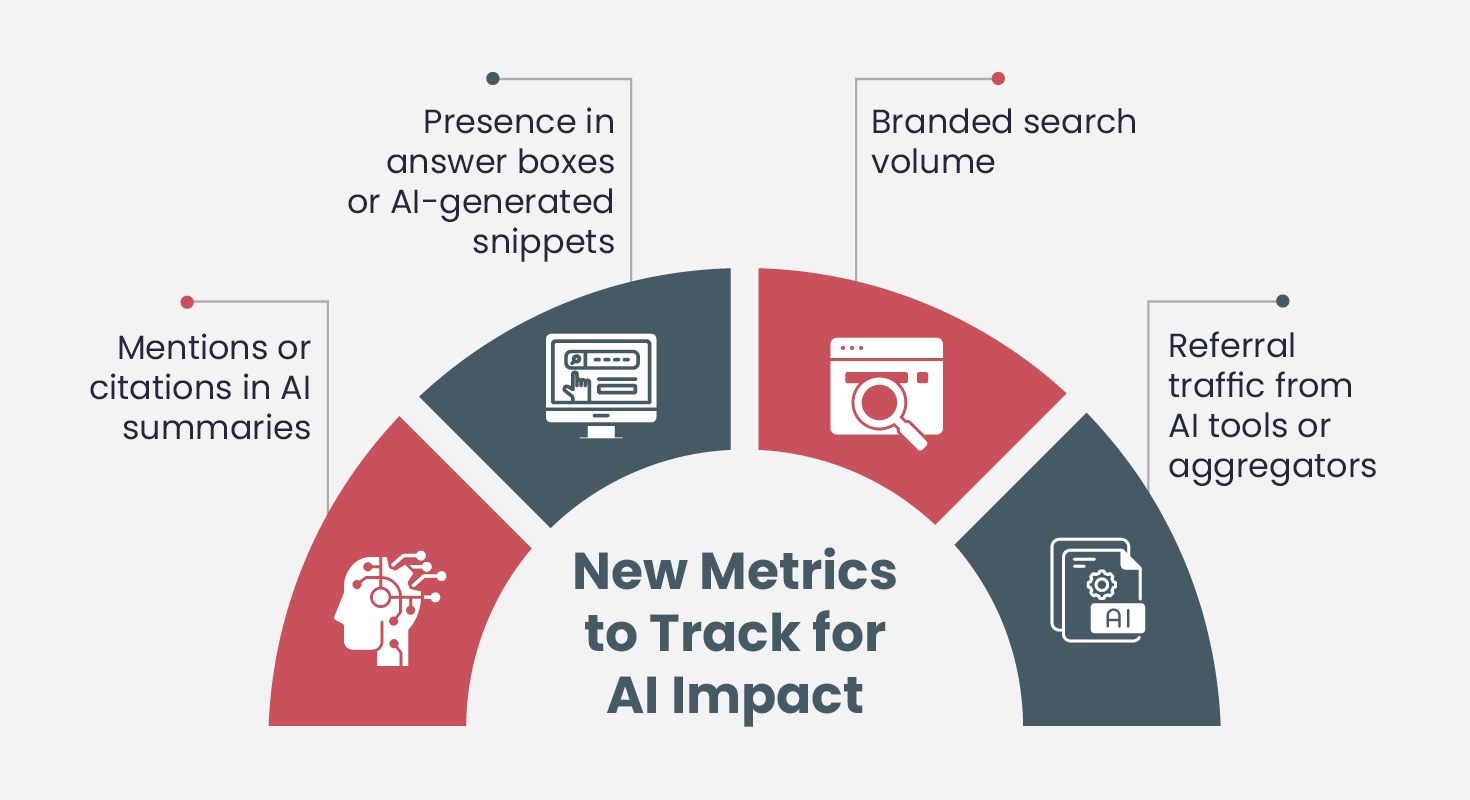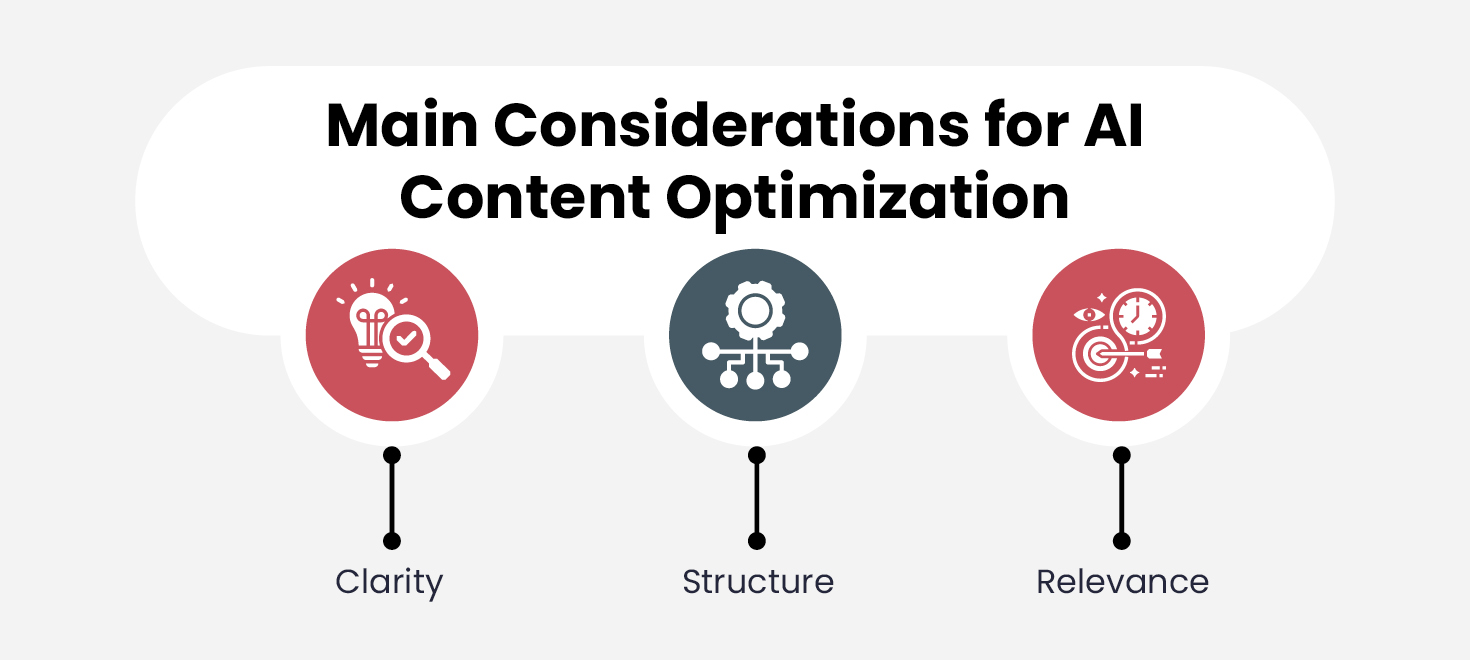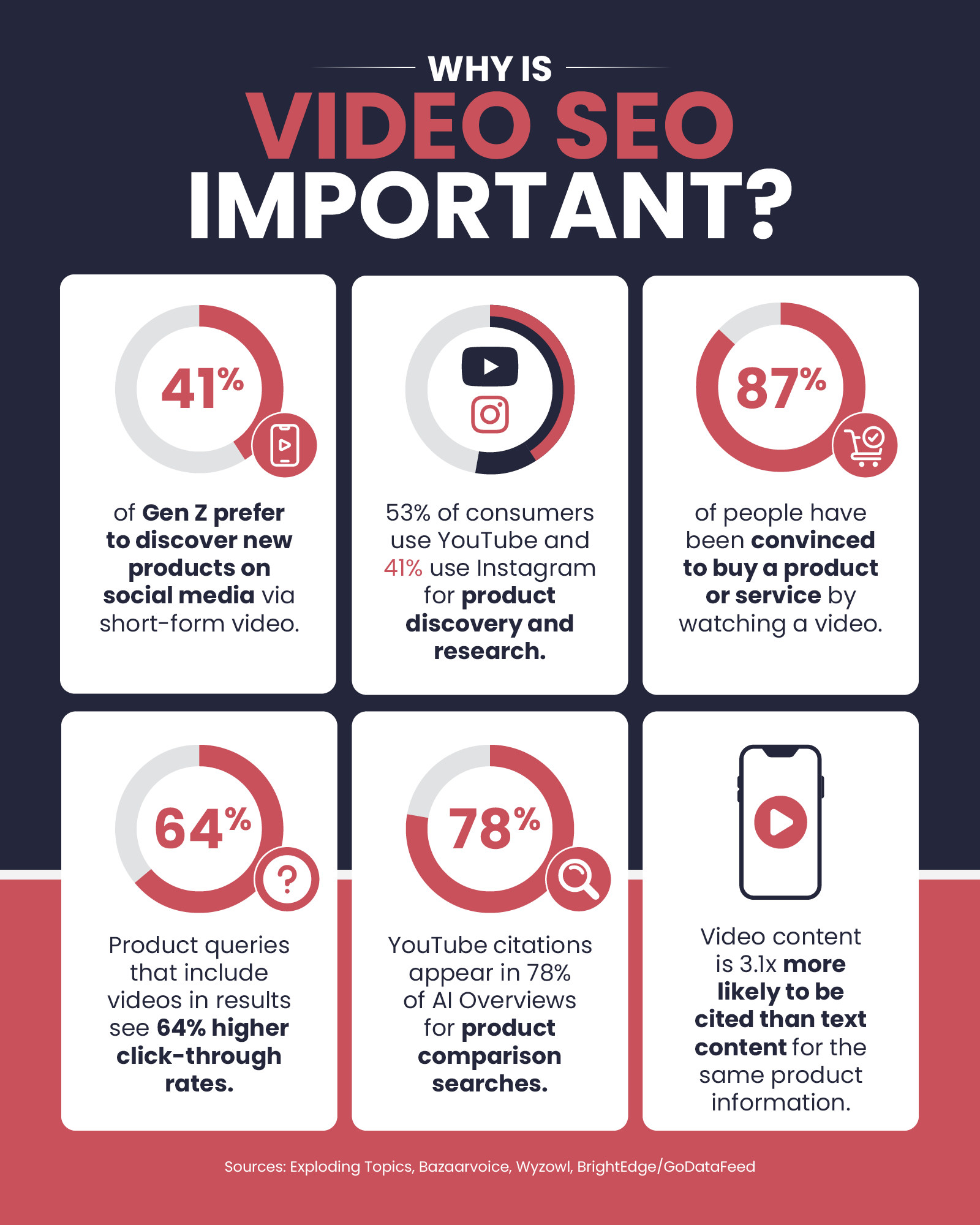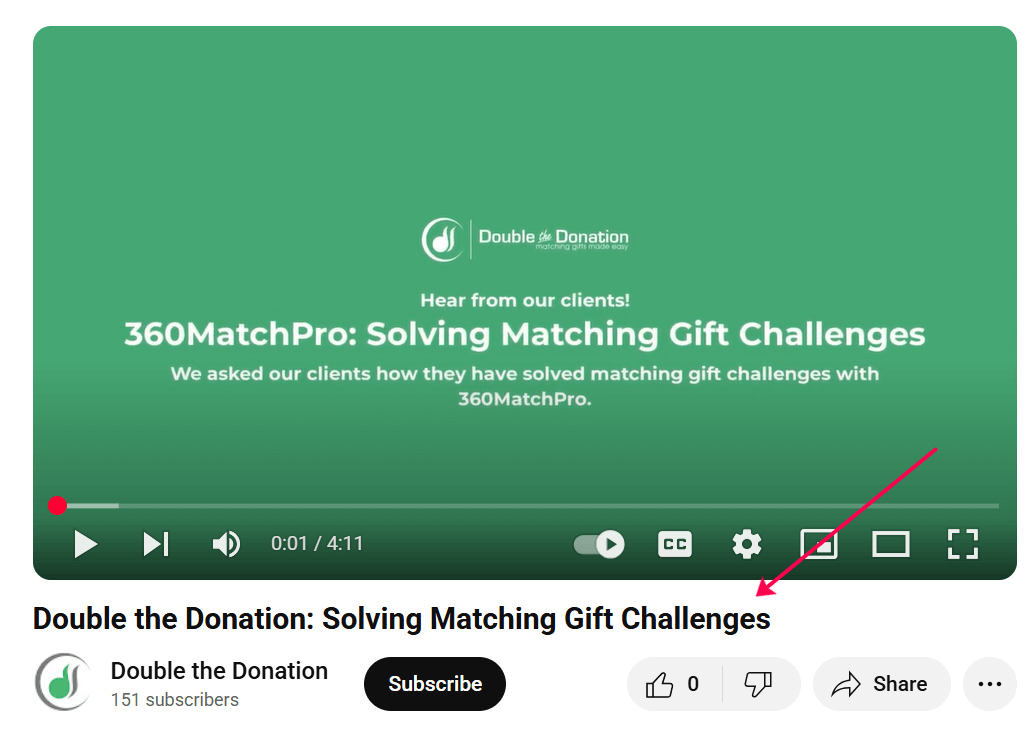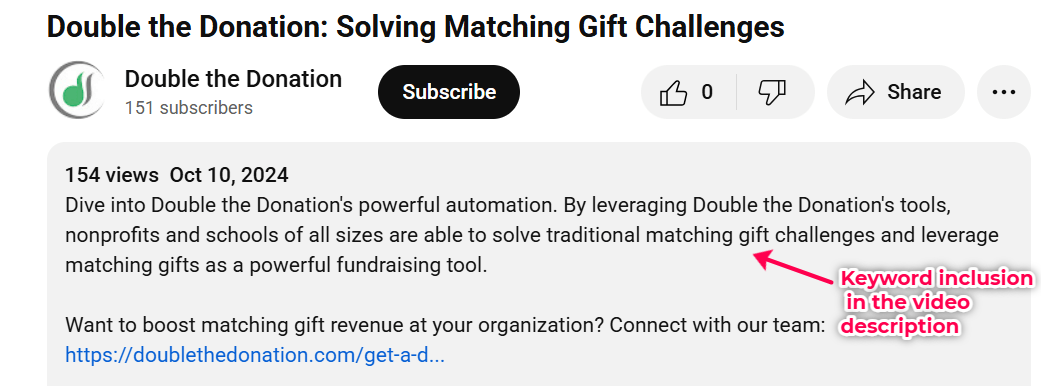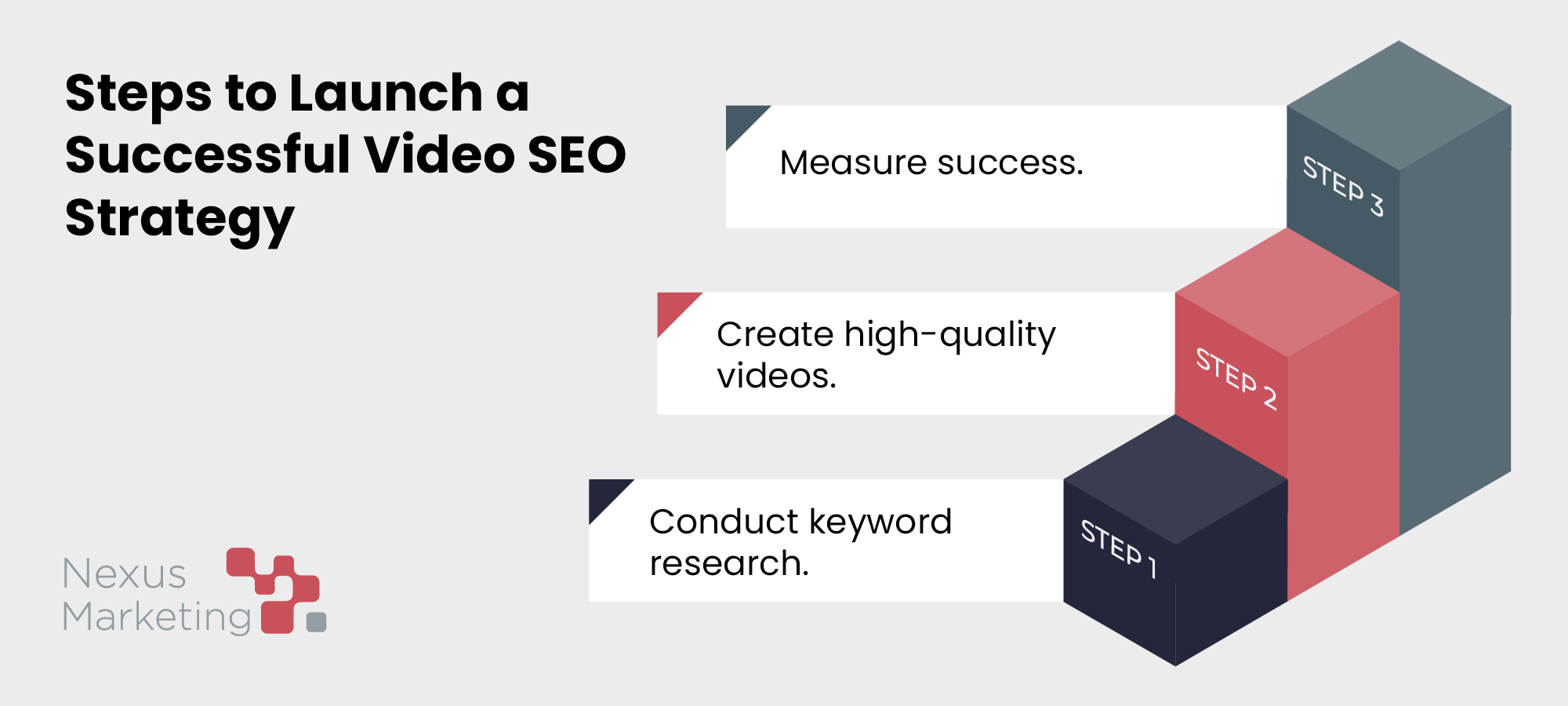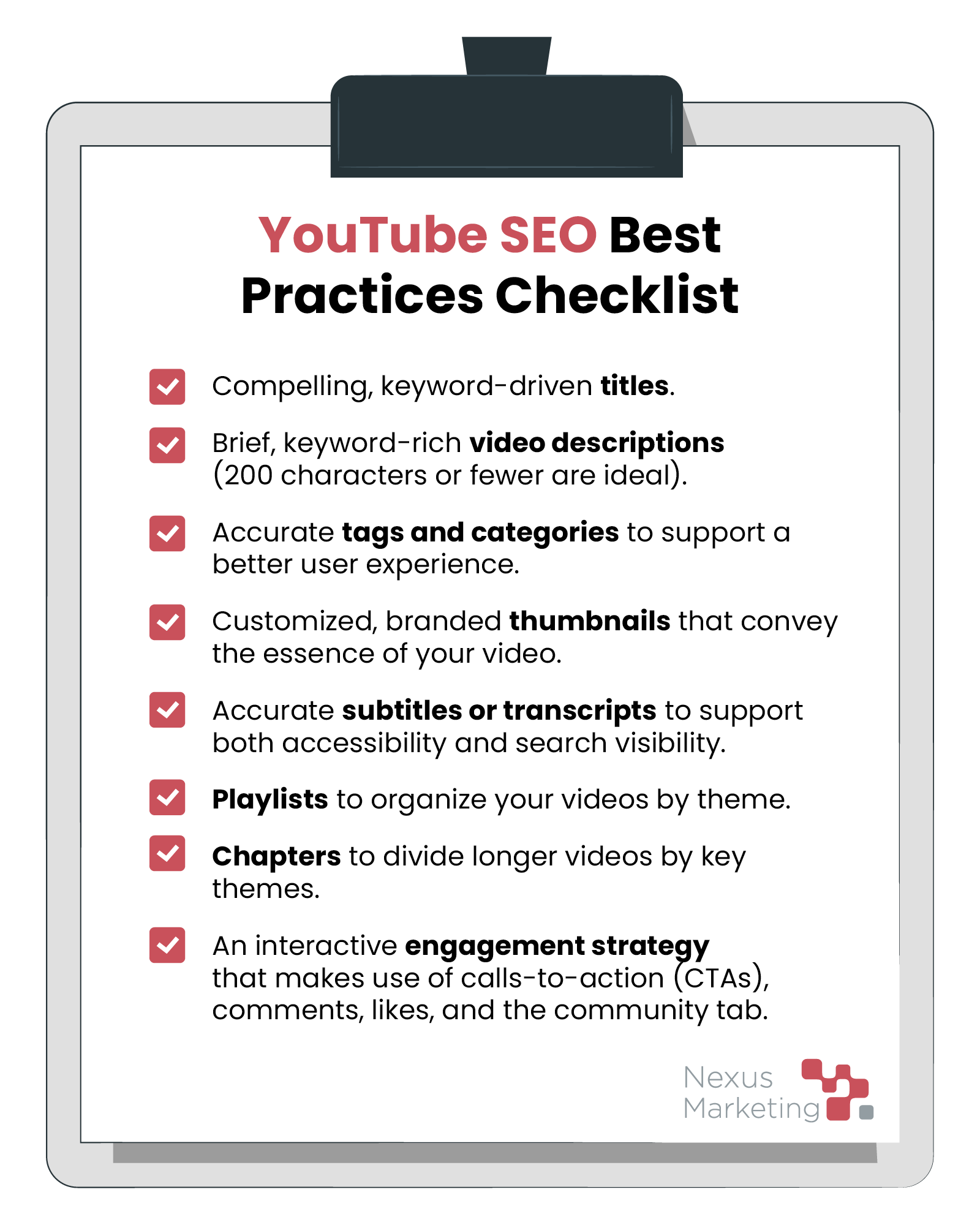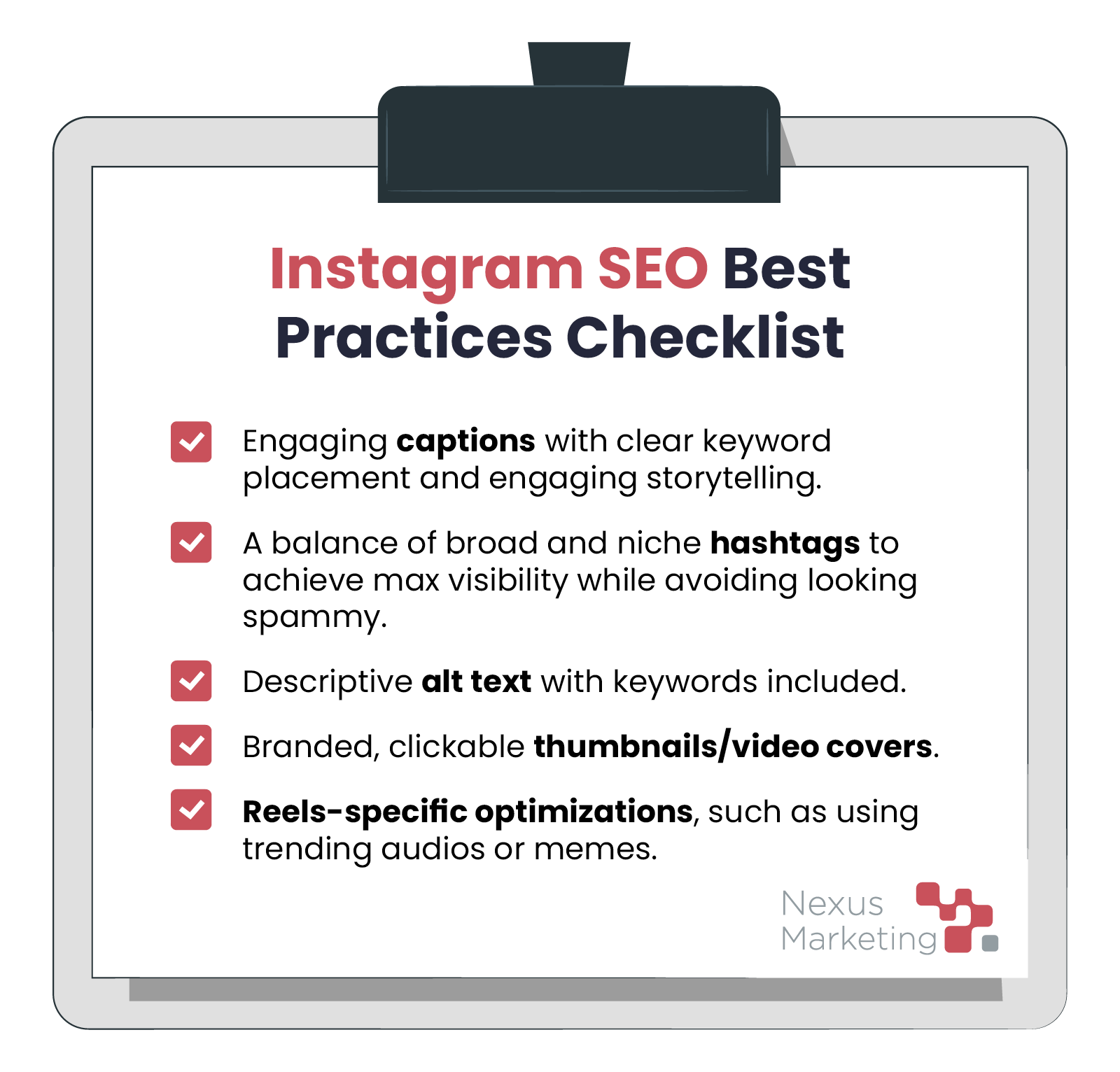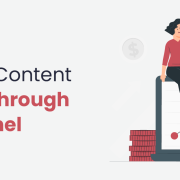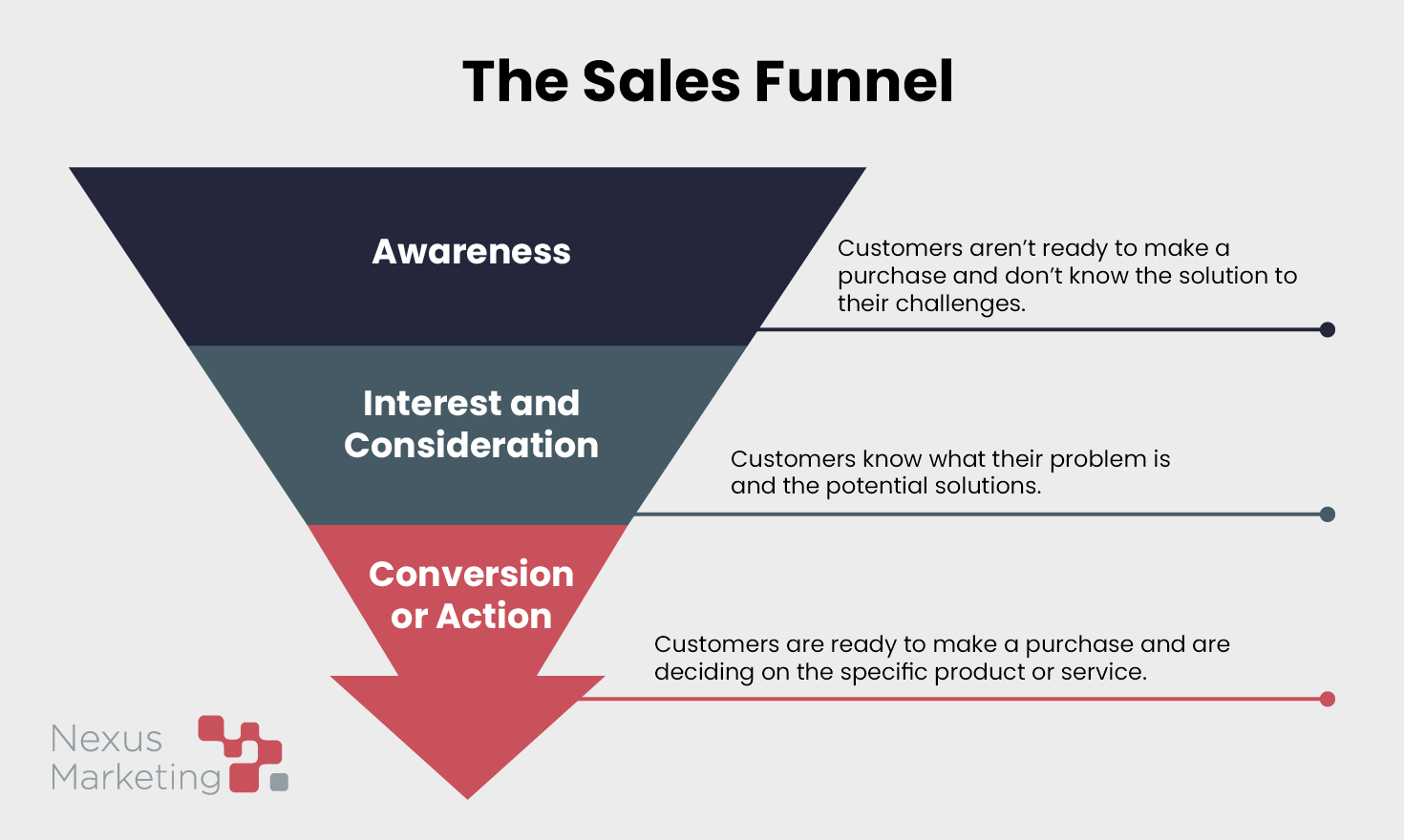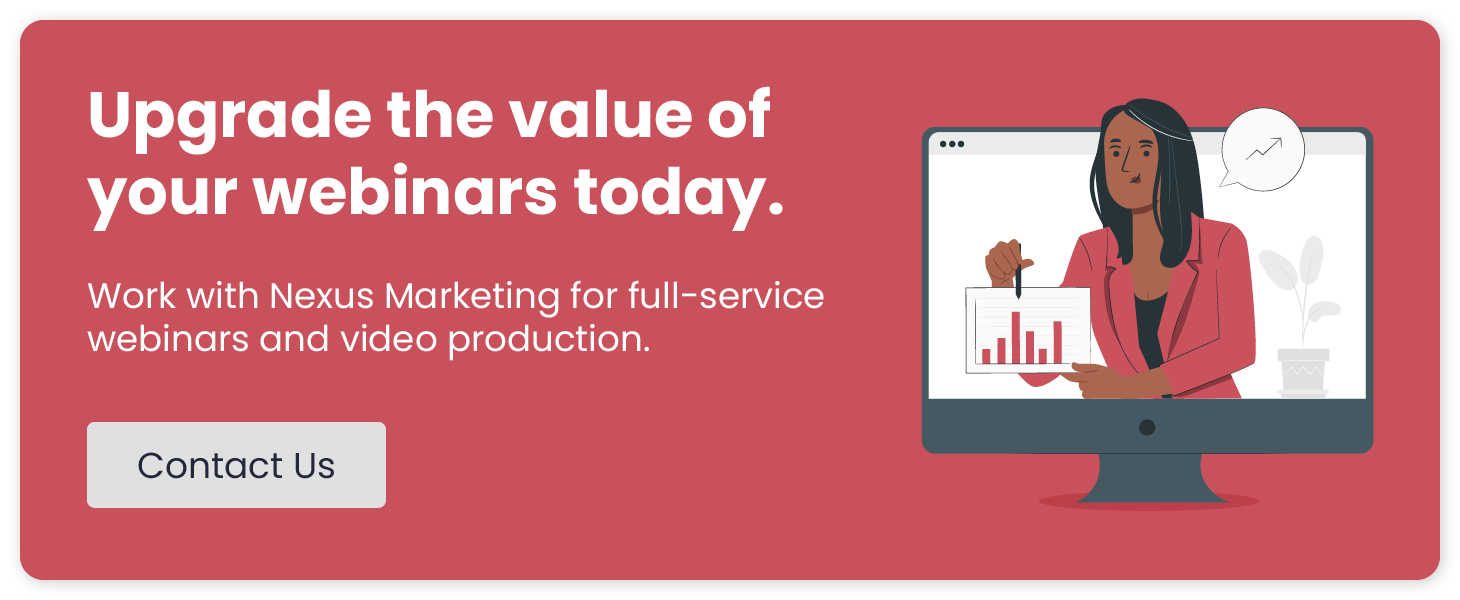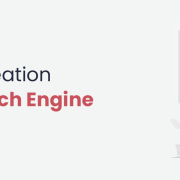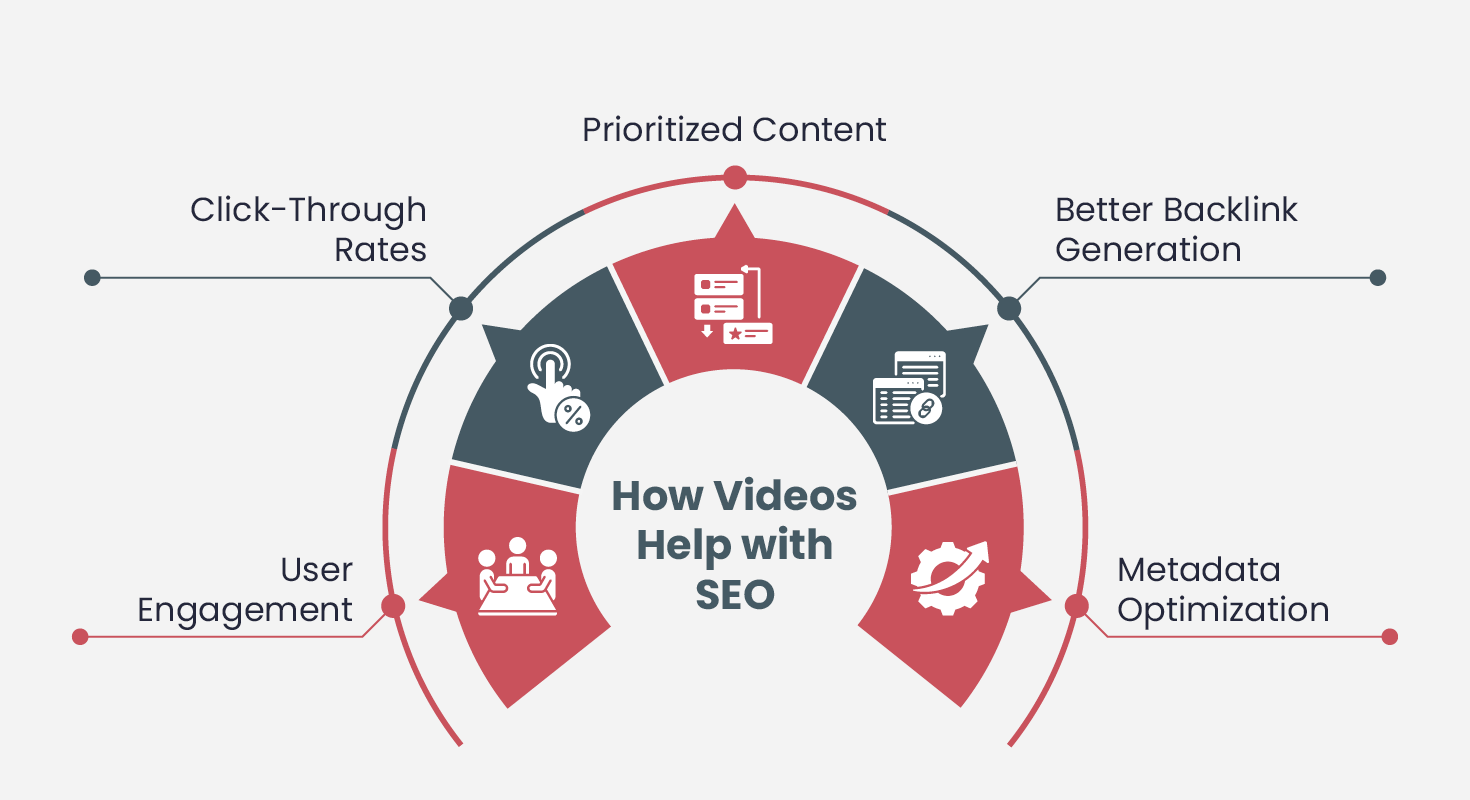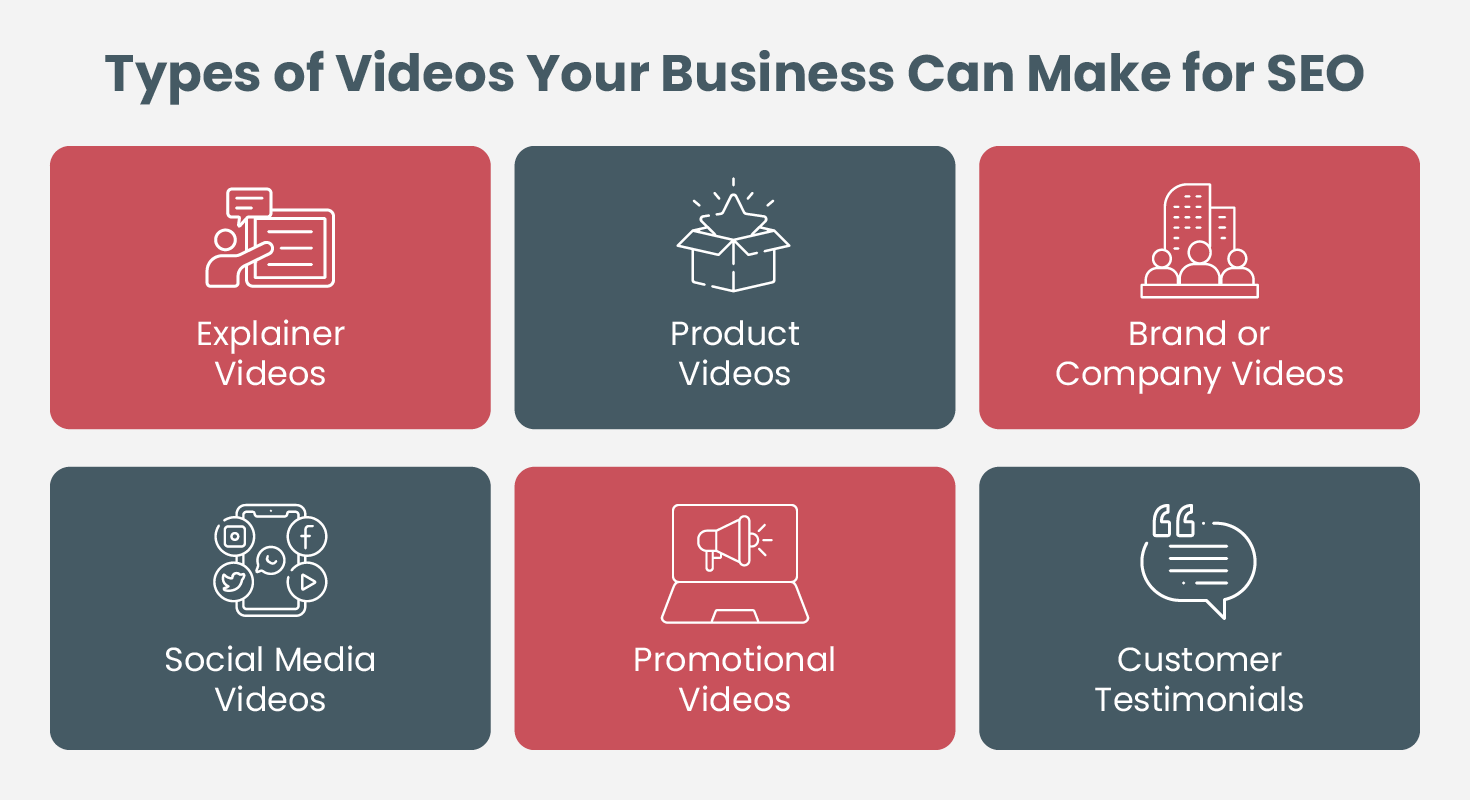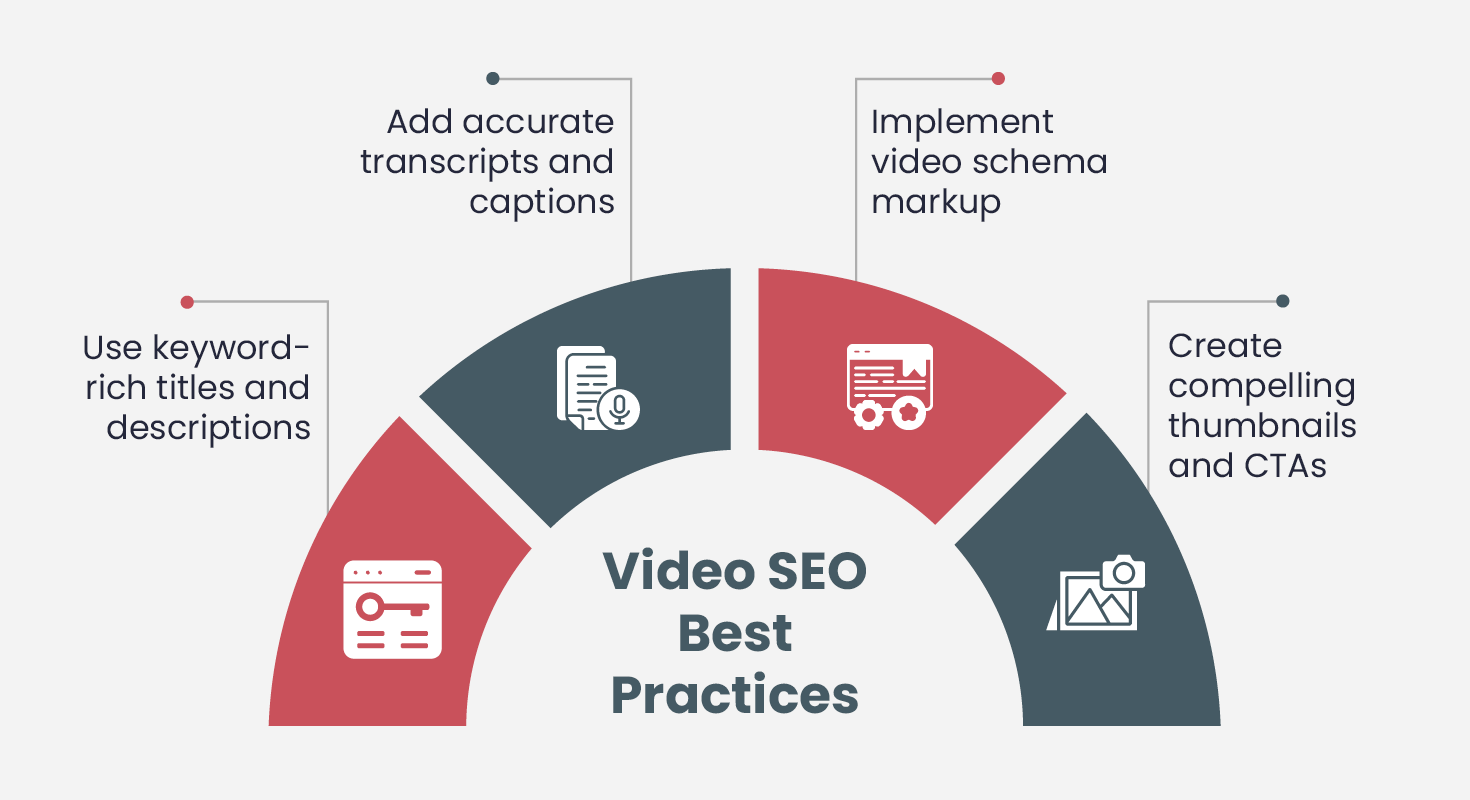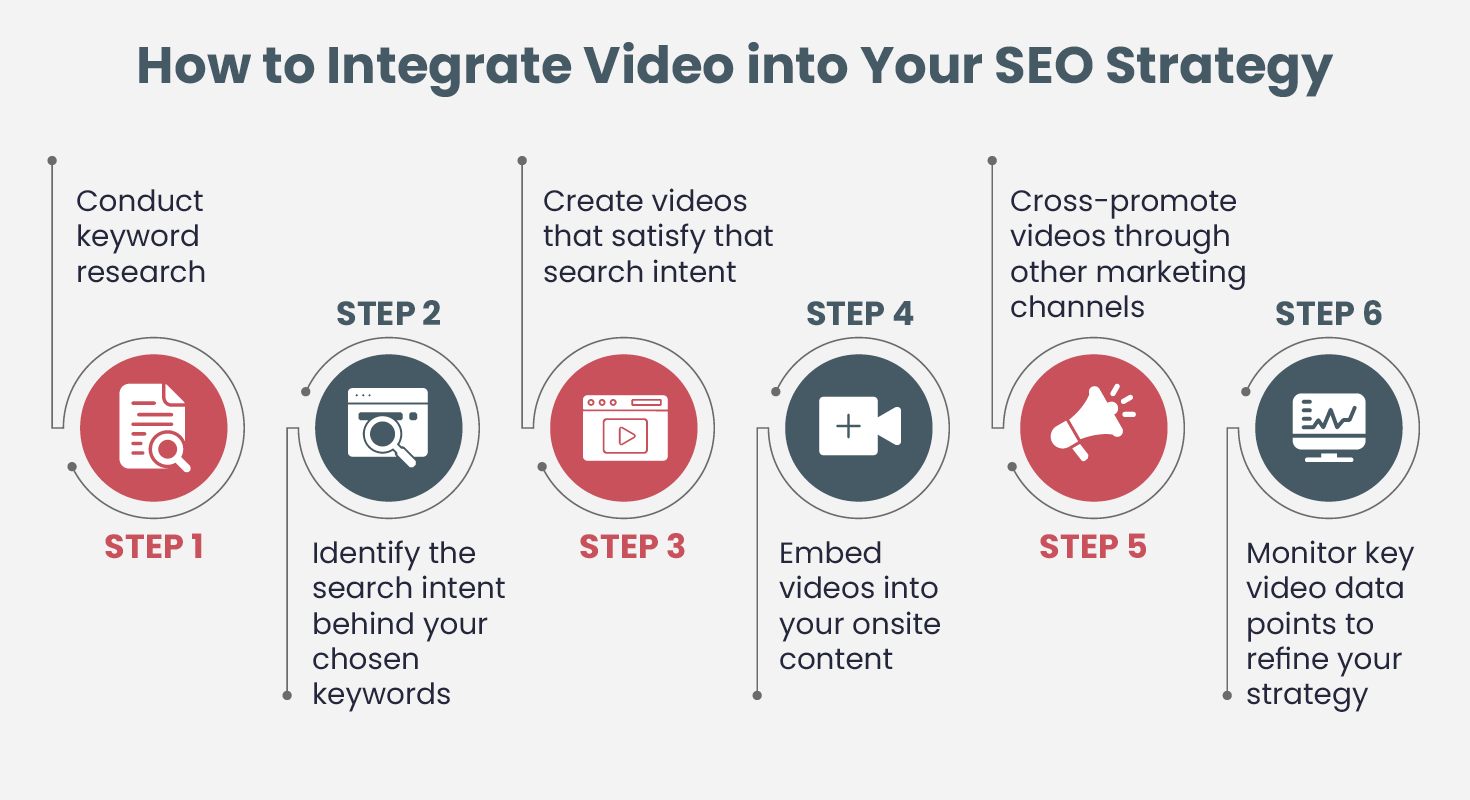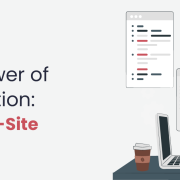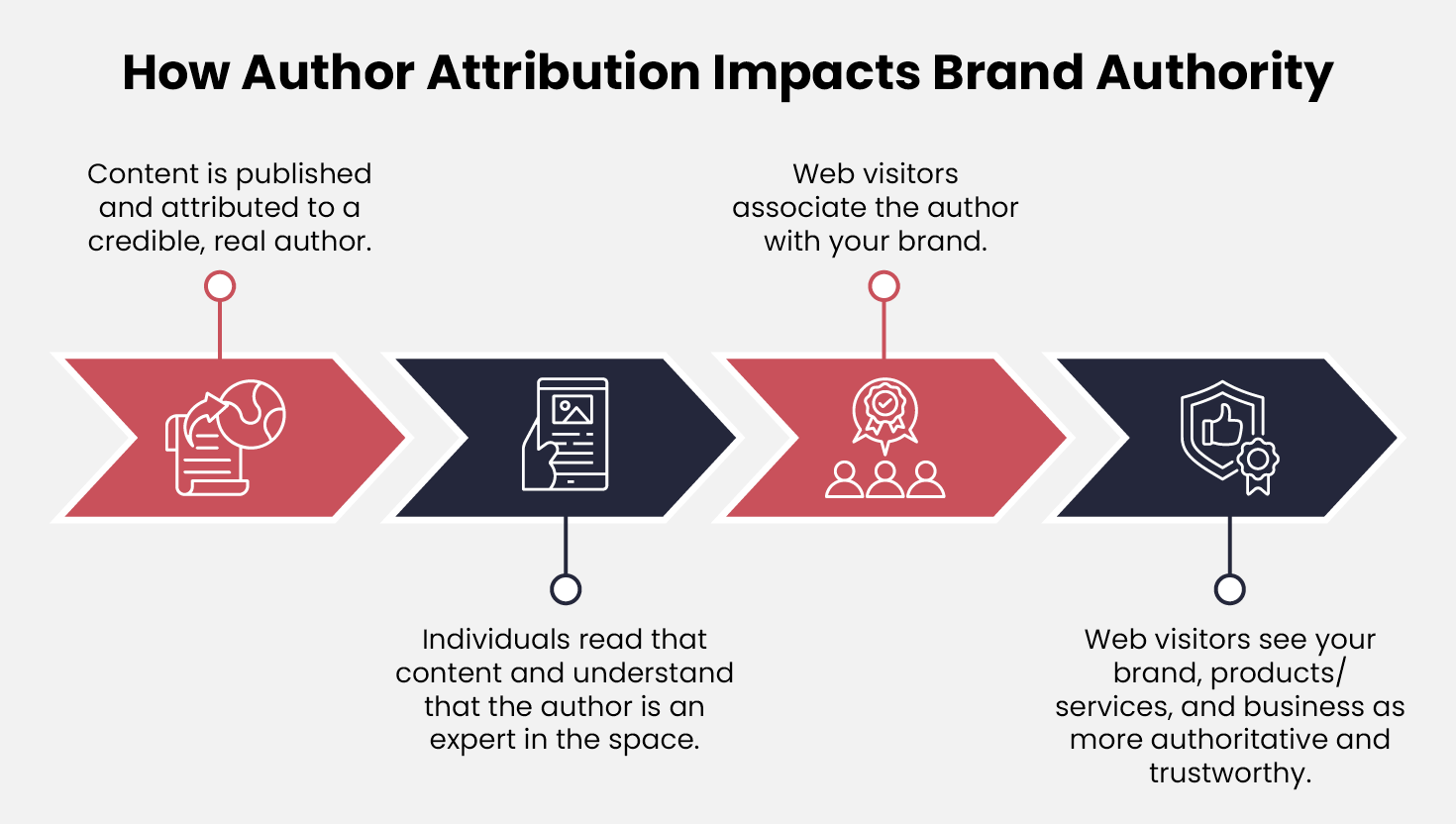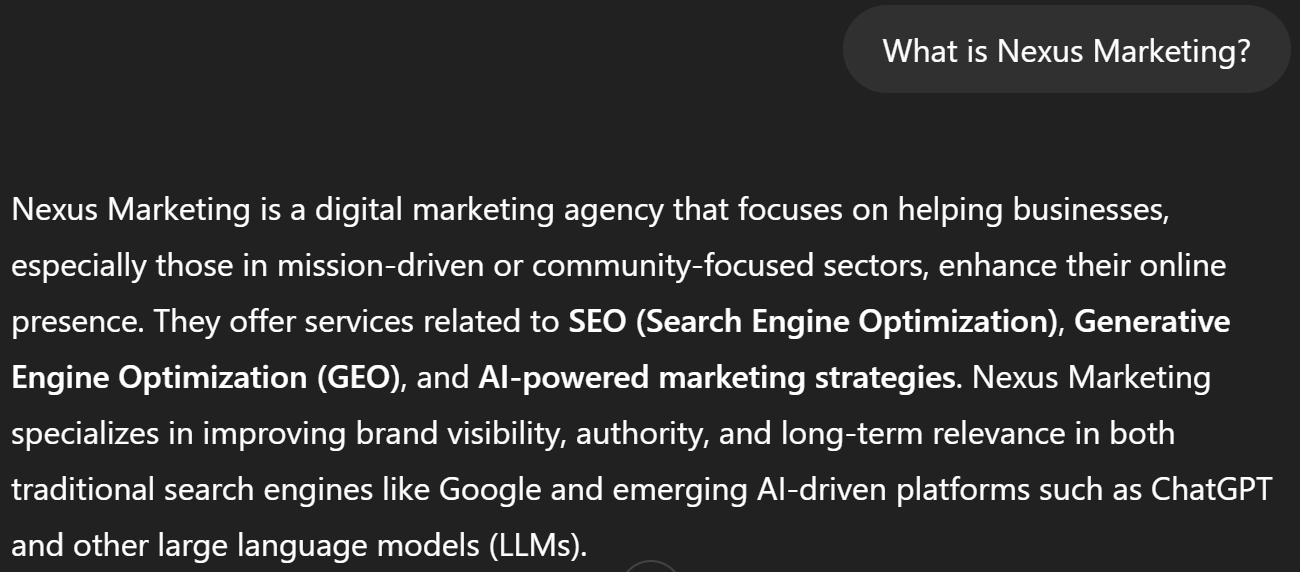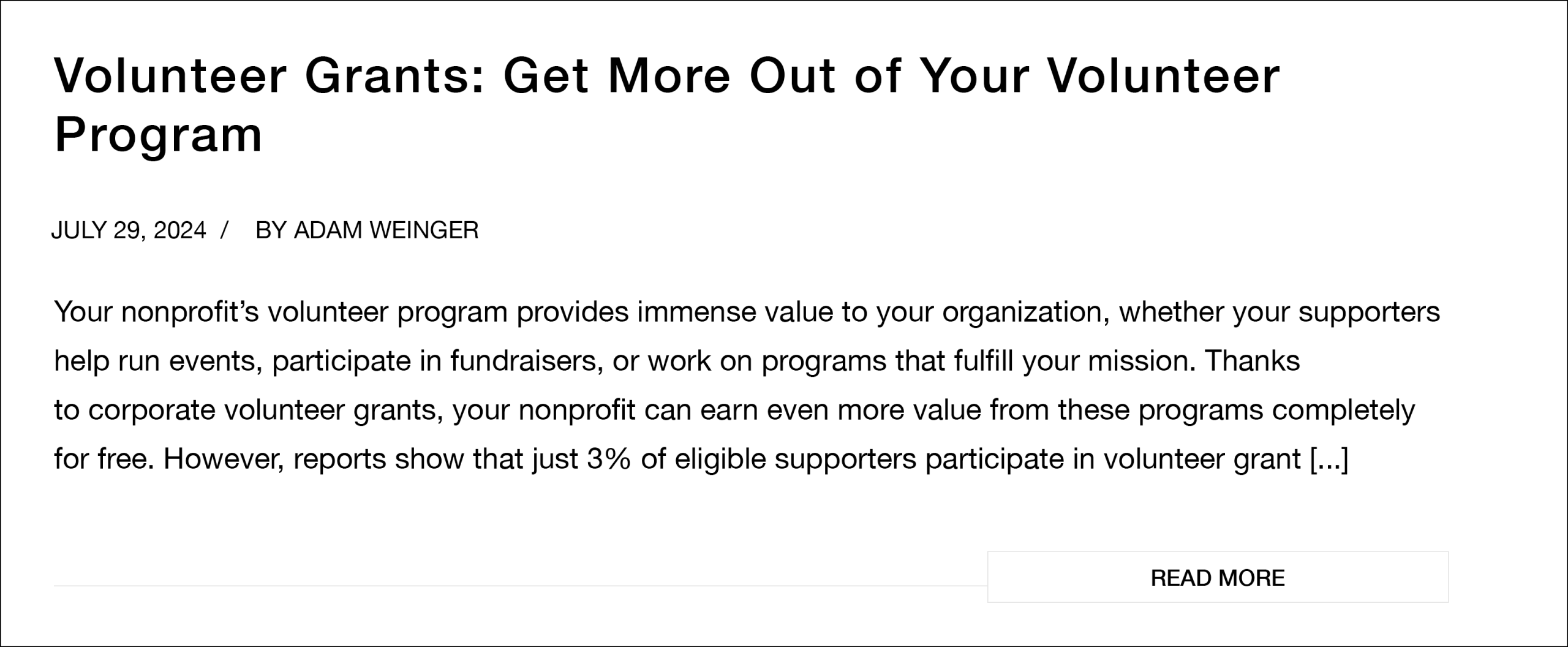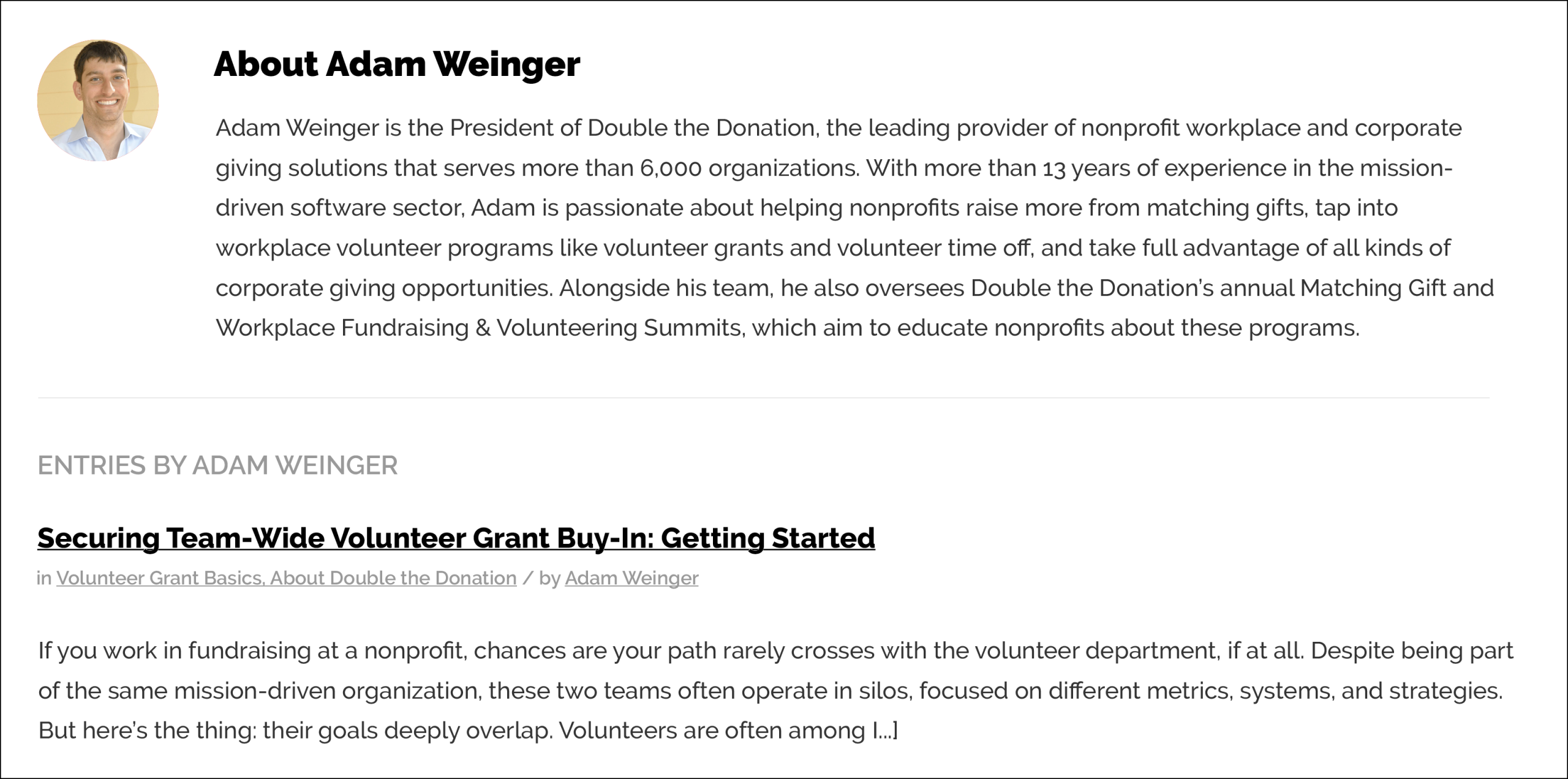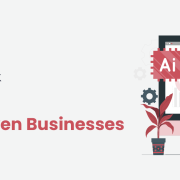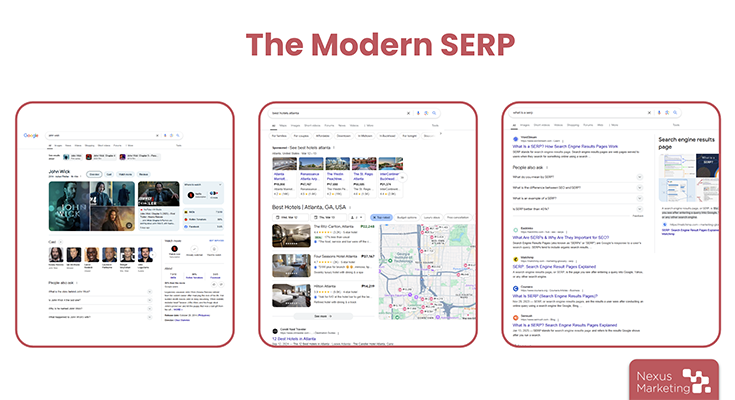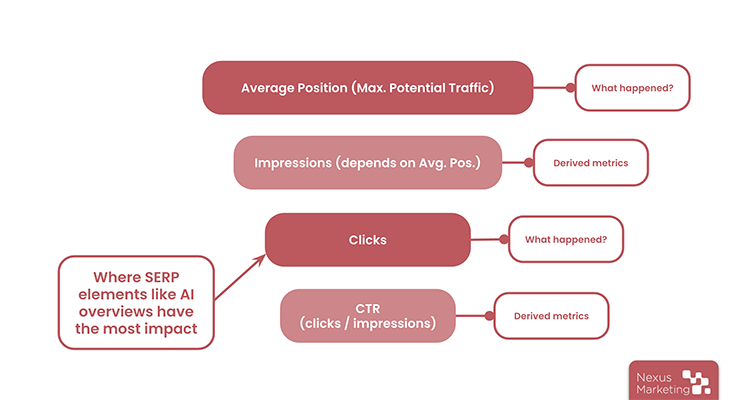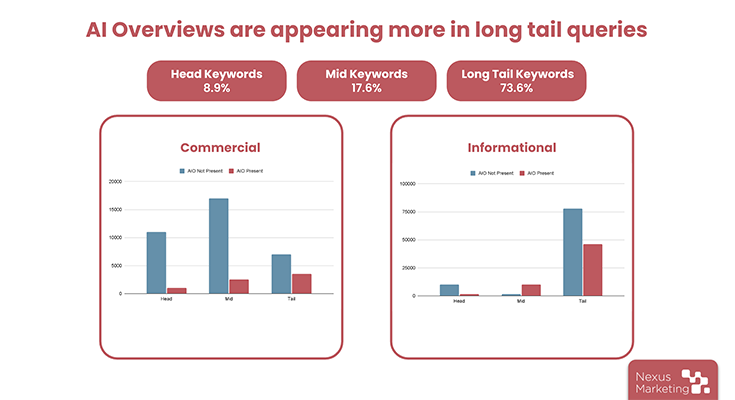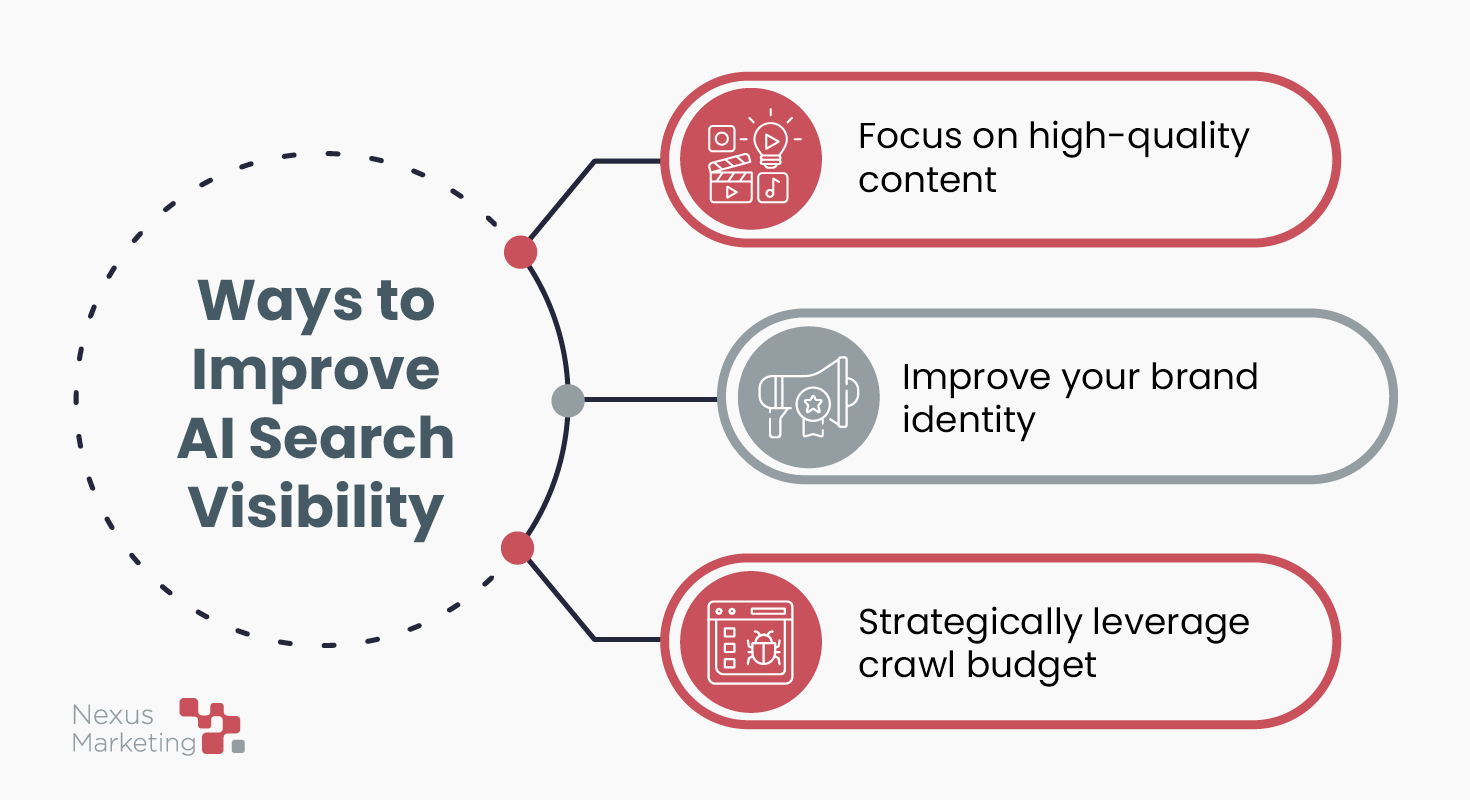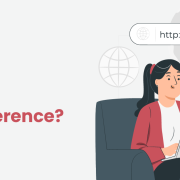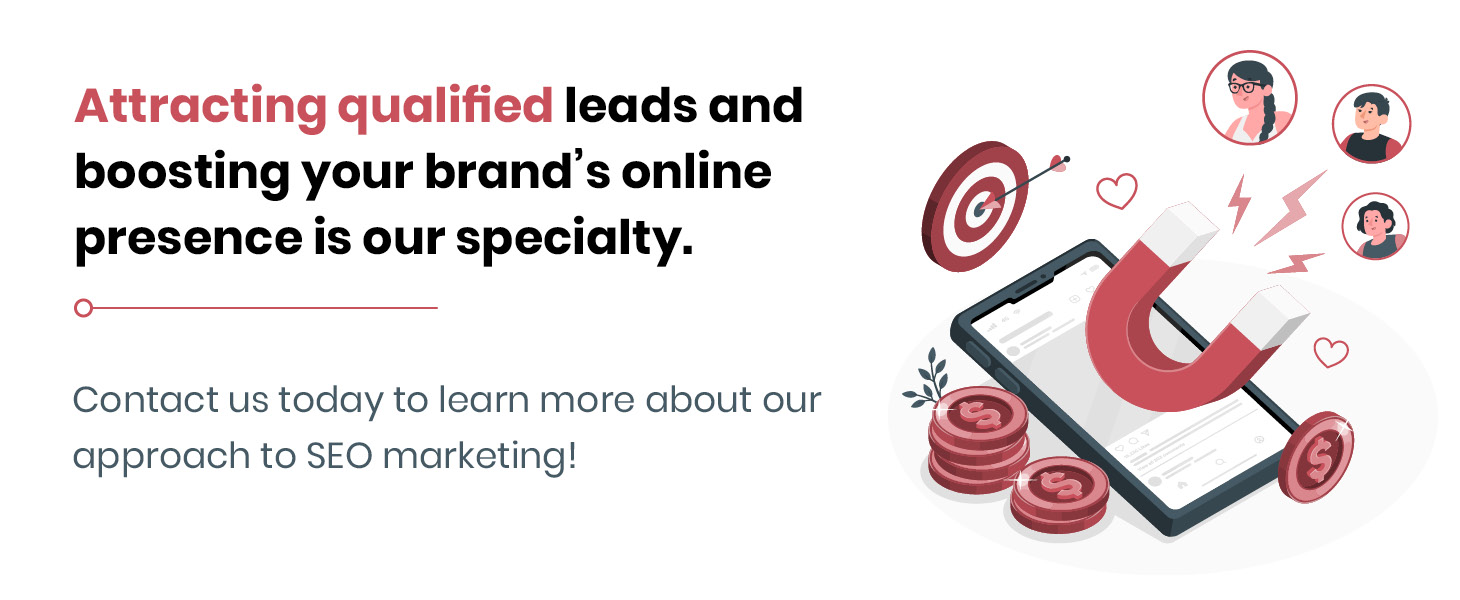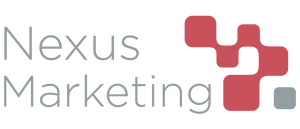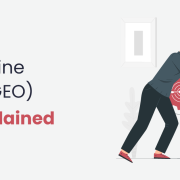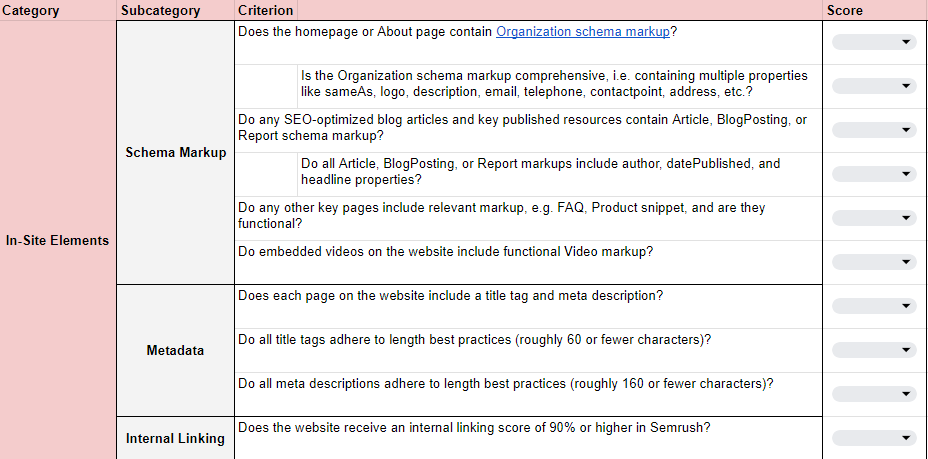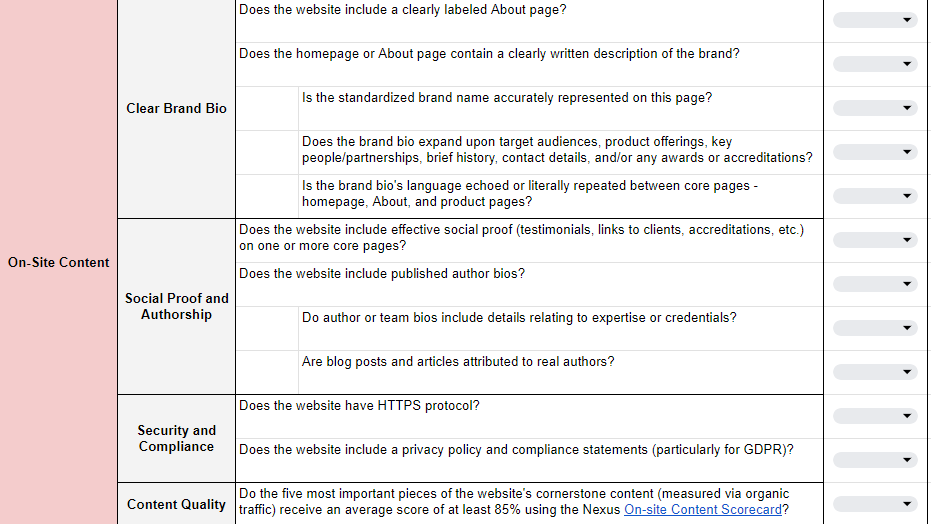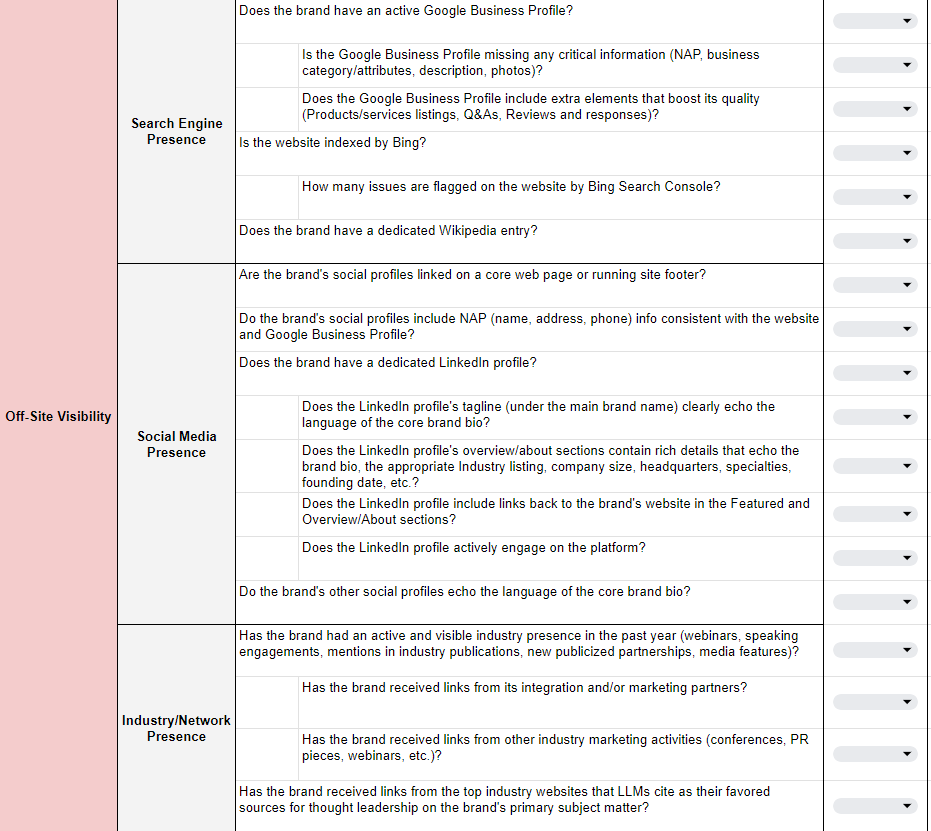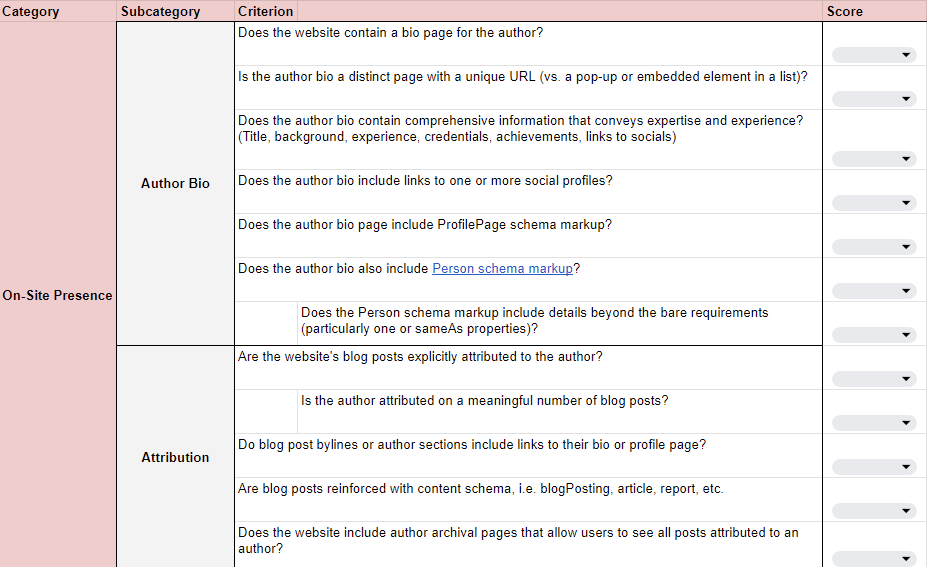Google Search Live is Here. Is Your SEO Strategy Ready?
In its early days, SEO was a game of keywords and link-building. Today, that’s not the end of the SEO story since artificial intelligence (AI) has radically transformed organic search. Google’s transition toward AI-driven results has fundamentally changed the way people interact with the search engine. Most recently, its newest AI mode feature, Search Live, has reimagined the way people interact with Google.
For anyone who cares about where their webpages land on search engine results pages (SERPs), you may be wondering what this means for your SEO efforts. In short, Google Search Live doesn’t take away SERP real estate—it just presents a new way to obtain it.
We wanted to break down the basics of Google’s newest development so you could see how it works and what implications it has on your SEO strategies moving forward. Here’s what we’ll cover:
- What is Google Search Live?
- How Does Google Search Live Affect SEO?
- Partnering With Nexus to Maintain SEO Rankings
What is Google Search Live?
Google Search Live is a real-time, conversational interface that allows users to conduct searches through voice prompts and live camera feeds. This new feature was integrated into the Google app on Android and iOS in September 2025.
Searchers can verbally ask Google a question and receive an AI-generated audio response. From there, users can click on links generated by the Search Live feature to learn more, or can view the transcript of their conversation with the AI tool.
On the backend, Google Search Live is built upon an advanced “query fan-out” technique. Google’s Vice President of Product, Robby Stein, explained it like this in a post on X (formerly Twitter):
AI Mode in Search introduces new reasoning and tools under the hood with a custom version of Gemini models. For any question, it makes a plan, breaks it down into related subtopics, and runs multiple Google searches to find the most helpful and reliable info.
With this query… pic.twitter.com/64HIzm2qoD
— Robby Stein (@rmstein) April 15, 2025
In other words, Search Live does more than just process a single query when a user asks a question—it explores a multitude of angles and nuances of the user’s intent. Then, the system synthesizes its findings into a concise, easy-to-understand audio answer.
Furthermore, Search Live leverages contextual understanding to refine its responses. If a user follows up with a related question, the AI remembers the previous conversation, building upon the existing context rather than starting from scratch. This allows for a more natural and fluid conversational experience, mimicking how humans interact.
The integration with live camera feeds also adds a visual layer to this contextual understanding, allowing the AI to interpret visual cues and incorporate them into its search process, particularly for object identification or scene analysis.
The Major Differences
There are a few obvious differences between traditional search and Google’s newest feature, starting with Search Live’s mobile-only application. Google Search Live is exclusive to the Google app on iOS or Android devices, meaning the feature is strictly for mobile users (who account for 63% of Google searches in the U.S.).
The functionality also changes the way users interact with Google, and the responses they can expect to get in return:

- Input:
- Traditional searches use single, isolated queries
- Google Search Live uses a multi-step, conversational thread
- Output:
- Traditional searches return 10 links to webpages
- Google Search Live returns an AI-generated audio response
- Goal:
-
- Websites previously aimed to rank for a high-priority keyword.
- While keyword optimization is still important, there’s a new emphasis on earning citations in Google’s AI response.
For example, let’s say someone wants to learn about graphic design for nonprofits. Using traditional search capabilities, they type something like “nonprofit graphic design services” and scroll through the results that appear.
With Google Search Live, the same search might look something like this: A user opens the Google app and asks, “How can I design a fundraising flyer for my nonprofit?” or “What’s the easiest way to design social media graphics for nonprofit marketing?”
In turn, Google’s AI uses contextual understanding to recommend online tools, professional graphic designers, and other resources that answer the user’s question.
How Does Google Search Live Affect SEO?
Insert yourself into the above example. The question is, how do you make sure Google references your website when formulating its response?
There are multiple ways to incorporate Google Search Live into your SEO strategy:
- Study user intent. Consider the underlying intent behind search queries and the various stages of the buyer’s journey that users are in. This understanding can help you identify potential follow-up questions and related searches, so you can create nuanced content that effectively addresses users’ needs.
- Employ an answer-first content strategy. Instead of simply covering a popular topic, structure your content to comprehensively answer user queries. Provide definitive answers to questions whenever possible, ensuring that your content isn’t only cited but also viewed as the most authoritative source of information.
- Summarize content thoughtfully. Make it easy for Google to reference your content by using clear headings, bullet points, and concise summaries. Also, incorporate conversational headings, such as questions that mirror natural spoken language, to help Google’s AI easily extract key information and present it efficiently within its own interface.
- Strategically cover topic clusters. Remember, Google Search Live doesn’t just respond to isolated queries anymore. Each search is conversational and nuanced, meaning for each core topic your content covers, it should also cover related sub-topics.
- Showcase deep expertise. The idea that Google prefers credible and high-quality information is not new, but it’s especially important for this new format of search responses. Go beyond surface-level information to demonstrate your content’s expertise and trustworthiness. Also, highlight your content creators’ credentials in author bios or links to their professional profiles.
An SEO strategy that implements these approaches improves your content’s chances of being cited by Google’s Search Live tool and ranking highly on traditional SERPs. You don’t have to reinvent the wheel to get Google to pick up your content—view this new tool as an opportunity to build upon your existing efforts and make your content more well-rounded overall.
Partnering With Nexus to Maintain (or Boost!) SEO Rankings
The world of search is changing big time with Google Search Live, and it’ll take more than just a few tweaks to keep up. You need a partner who really gets the delicate balance between classic technical SEO and the exciting new world of Generative Engine Optimization (GEO).
The Nexus team knows all about establishing your brand’s authority among people and the AI systems that are now driving search. Our complete plan for helping you succeed is built on a few key ideas:
- Getting your content ready: Nexus uses content scorecards to assess your readiness for AI visibility and determine what your next steps should be to improve it.
- Connecting SEO and GEO: We follow a proven content creation process to make sure your website’s main content isn’t just informative, but completely designed to show up in all types of evolving search results. This entails a comprehensive approach, encompassing keyword research, GEO readiness, and technical considerations such as Schema Markup and page accessibility improvements.
- Measuring results over time: In this new age of AI-driven search, we know that success goes beyond clicks. Along with traditional metrics, like keyword rankings and average session duration, the Nexus team is also dedicated to tracking your website’s success in terms of AI visibility. We conduct regular audits over time to monitor your progress and implement new activities as needed to make sure your content stays on top.
While Google’s latest developments are always on our radar, we offer a full range of services to help increase your brand’s visibility. Whether you’re looking for SEO and GEO support, digital marketing, or lead generation services, the Nexus team knows how to optimize your online presence for maximum results.
